Three decades ago, a team of archaeologists were exploring a cave system on Mount Owen in New Zealand when they came across a breathtaking find. The thing they discovered was a perfectly preserved dinosaur-like claw that still had flesh and muscles attached to it
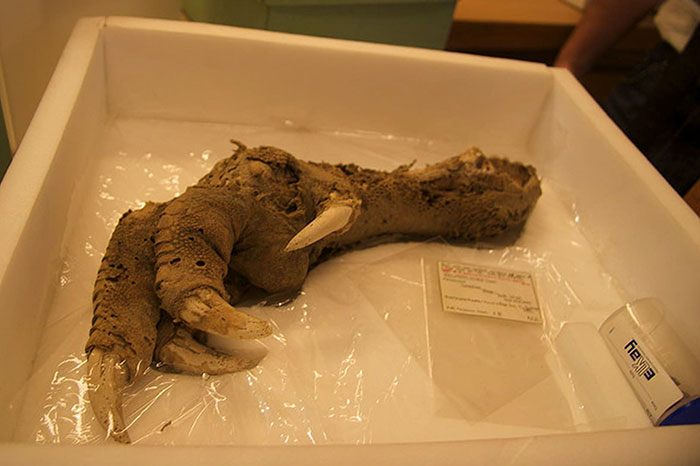
Image credits: Wikimedia Commons
Later it turned out that this mysterious leg was 3,300-year-old and it belonged to an extinct bird called moa which disappeared from the Earth approximately 700 to 800 years ago.
Turns out, moa first appeared around 8.5 million years ago! Apparently, back in the day, there were at least 10 species of moa. The two largest species reached about 12 feet (3.6 m) in height with neck outstretched and weighed about 510 lb (230 kg) while the smallest was around the size of a turkey.
Here’s a picture showing a size comparison between four moa species and a human
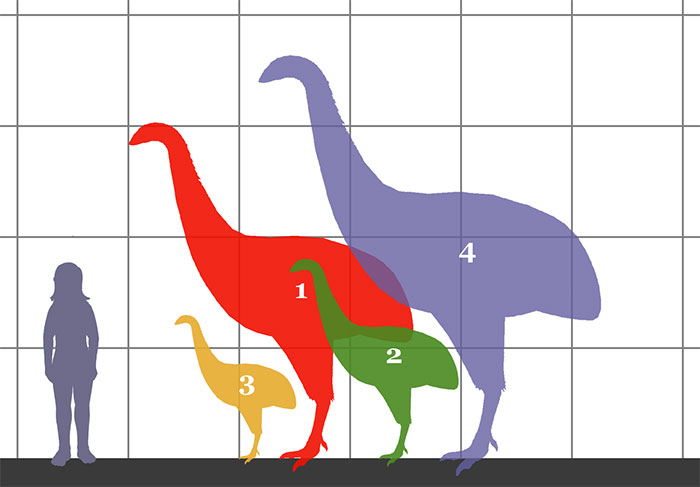
Image credits: Wikimedia Commons
These now-extinct birds were flightless and lived in New Zealand
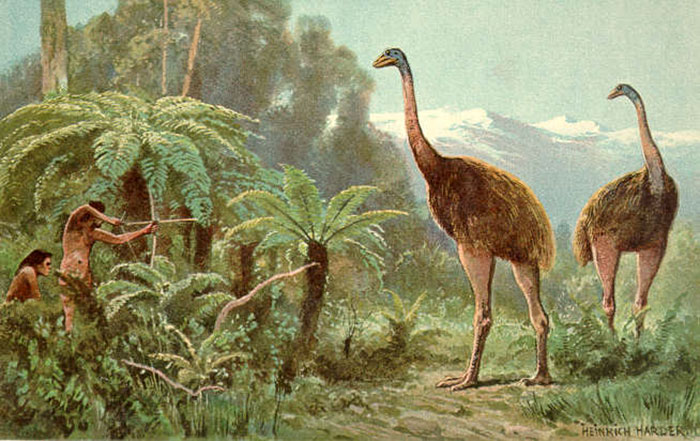
Image credits: Wikimedia Commons
For a long time, scientists have been trying to find an answer to the question, why these birds went extinct. Here’s a thing—moa disappeared from our Earth around 700 years ago, shortly after humans arrived on the islands. Some scientists believe that it wasn’t a coincidence.
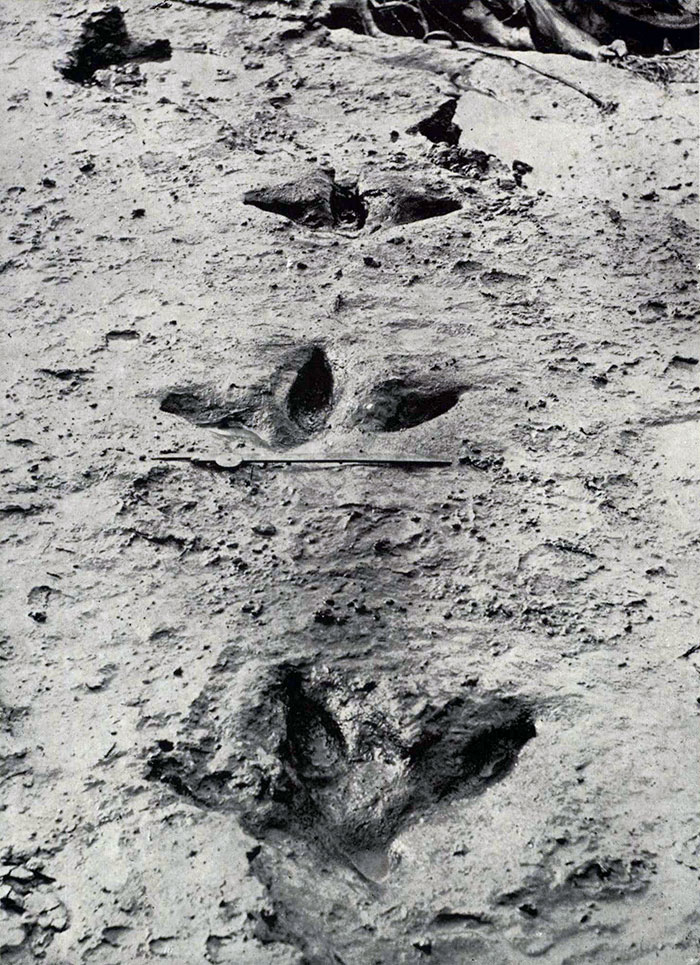
Image credits: Wikimedia Commons
An evolutionary biologist Trevor Worthy suggests this: “The inescapable conclusion is these birds were not senescent, not in the old age of their lineage and about to exit from the world. Rather they were robust, healthy populations when humans encountered and terminated them.”
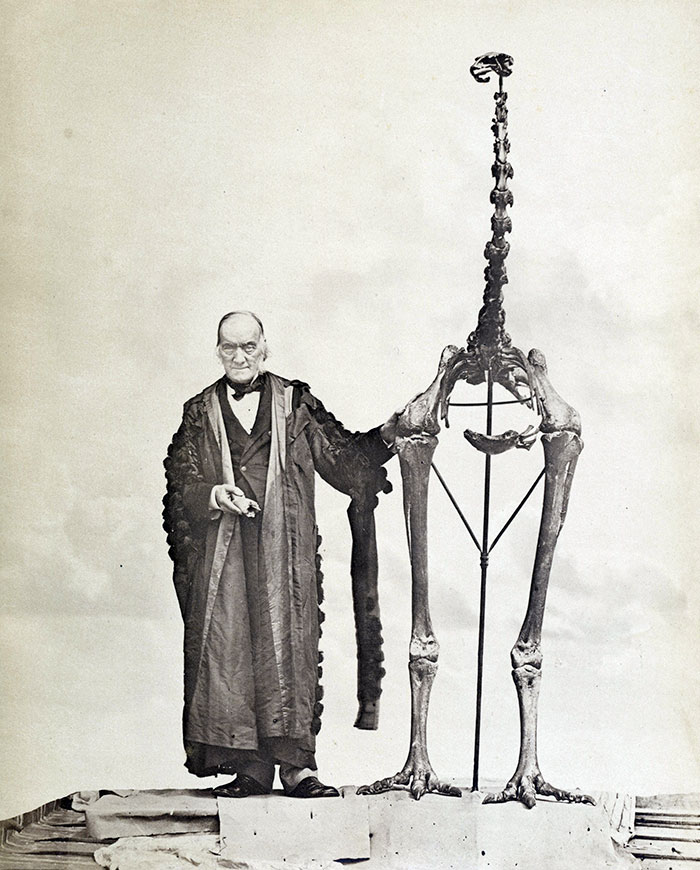
Image credits: Wikimedia Commons
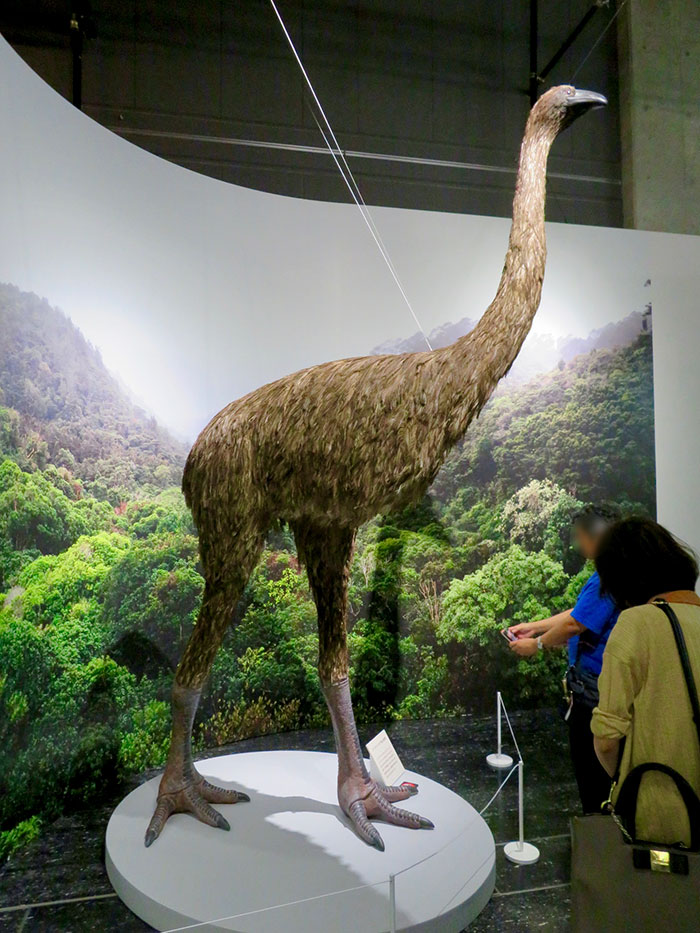
Image credits: Wikimedia Commons